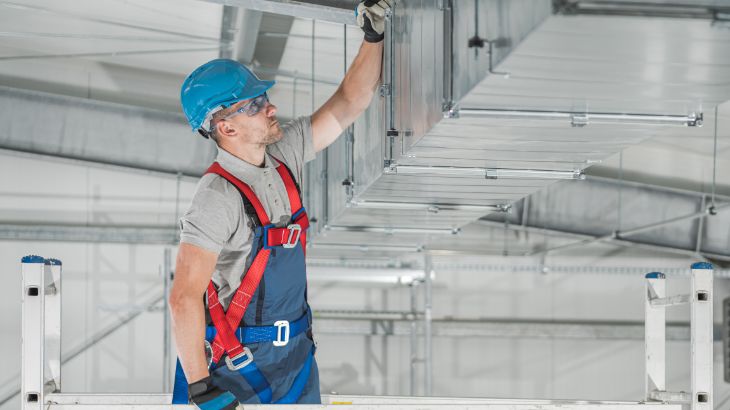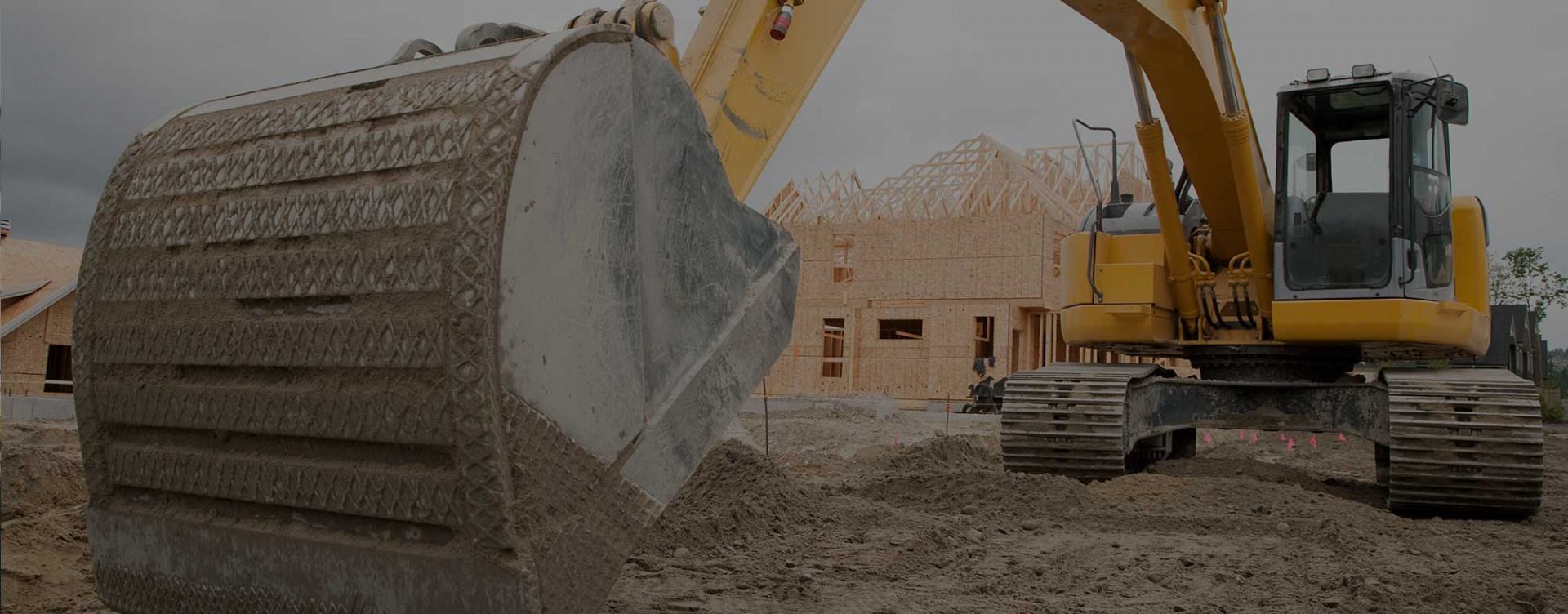
Key Points
- Direct-digital control has replaced conventional control technology in energy management systems.
- The system architecture maps out the system and allows controllers to share data.
- The advent of online control has increased the flexibility and capabilities of EMS systems.
Energy management systems (EMS) have long been used to control energy use in heating, ventilating and air conditioning (HVAC), as well as lighting and other building systems. Advances in digital controls, system architecture and integration with Internet-based systems have increased the flexibility and capabilities of these systems.
Measure variables and collect dataControls for energy management systems (EMS) can be broken down into three functions:
- Process the data
- Initiate a control action
Direct digital control (DDC) systems have replaced pneumatic and distributed electronic controls. DDCs are networked microprocessor-based devices that provide sensing or control functions.
Most EMS systems include standalone or remote controllers with software to eliminate the need for continuous communication. A personal computer can monitor status, record alarms and trending functions and store data. Complex strategies and energy management functions are typically available at low levels in the system architecture.
Sensors can measure temperature, time of day, electrical demand condition, pressure, airflow, water flow and other variables that affect the controller logic. The controller compares sensor input with instructions such as set point, throttling range and action; and then produces an output signal to operate devices such as lights, valves, pumps and other equipment.
Control response
Control responses are characterized as two-position, floating or proportional. Understanding the difference between these controller types is important in matching them to the appropriate application.
A two-position control sequence is a simple switch in which the upper or lower limits are defined and the output changes value as the input crosses the limits. With floating control, the upper and lower limits can change, thereby varying the input parameter. Proportional control responses produce a variable output change in proportion to a changing input.
System architecture
System architecture is the map or layout of the system used to describe the overall local area network (LAN) structure. The basic role of the system architecture is to connect the DDC controllers so that information can be shared between them.
Communications between devices on a network are defined as peer-to-peer or polling. On a peer-to-peer LAN, each device can share information with any other device on the LAN without going through a communication manager. Peer-to-peer controllers have more memory, more sophisticated processing units, more accurate timing and can store complex control strategies, trends, schedules and alarms.
In a polling LAN, individual controllers cannot share information directly; data flows from a controller to the interface and then to another controller. Polling controllers have more limited memory and processing capabilities and must use a supervisory interface device to communicate with all other devices. Since these controllers have limited memories, they typically rely on the supervisory interface to store data.
The growth of online control
The proprietary nature of control software has limited the flexibility of some EMS systems, but this is changing with the advent of online control based on standard web browser software. Building control is entering the mainstream of information technology. Control systems are now seen as part of a larger corporate or global information network. The growth of open protocols, the increased availability and use of site networks, and the interfacing of DDC systems to the Internet have enhanced the capabilities of these systems.
